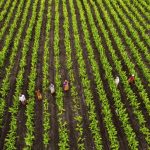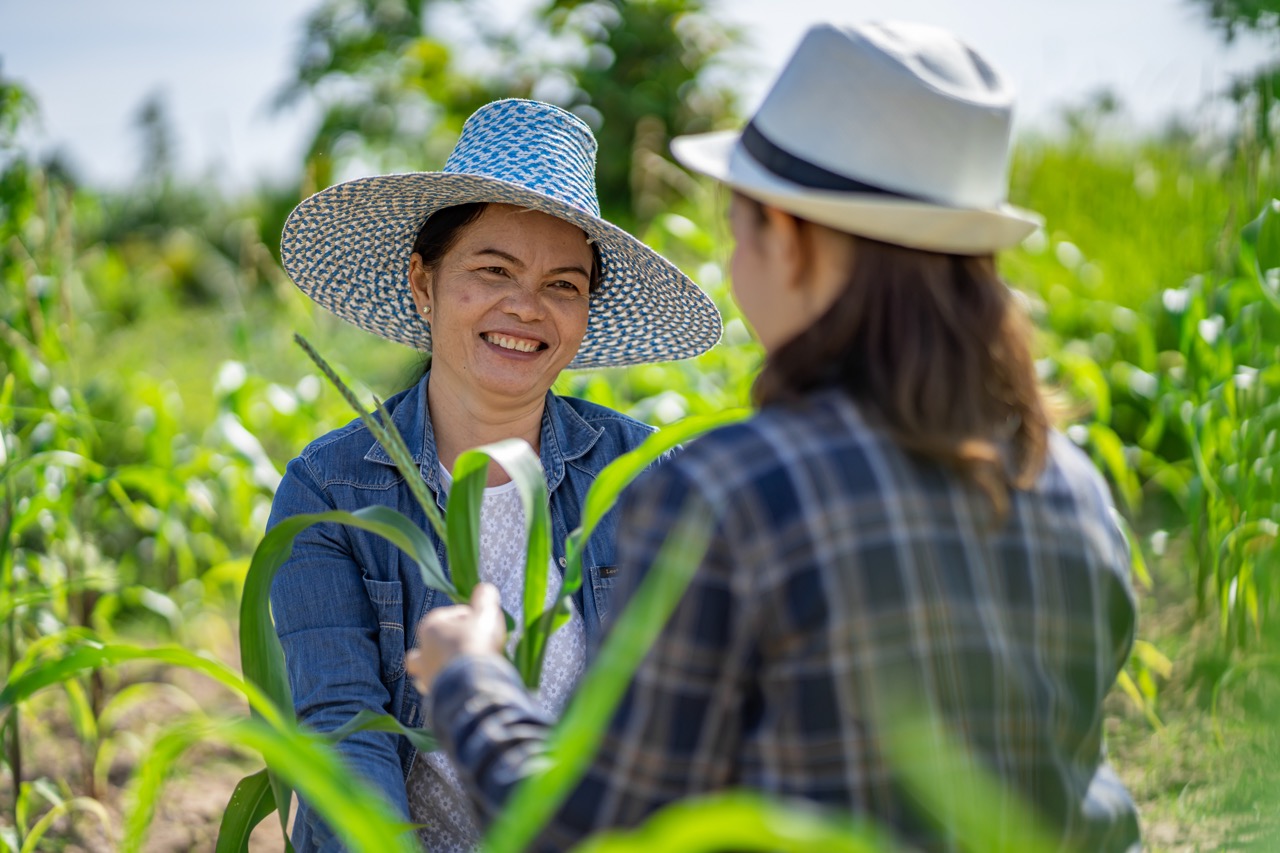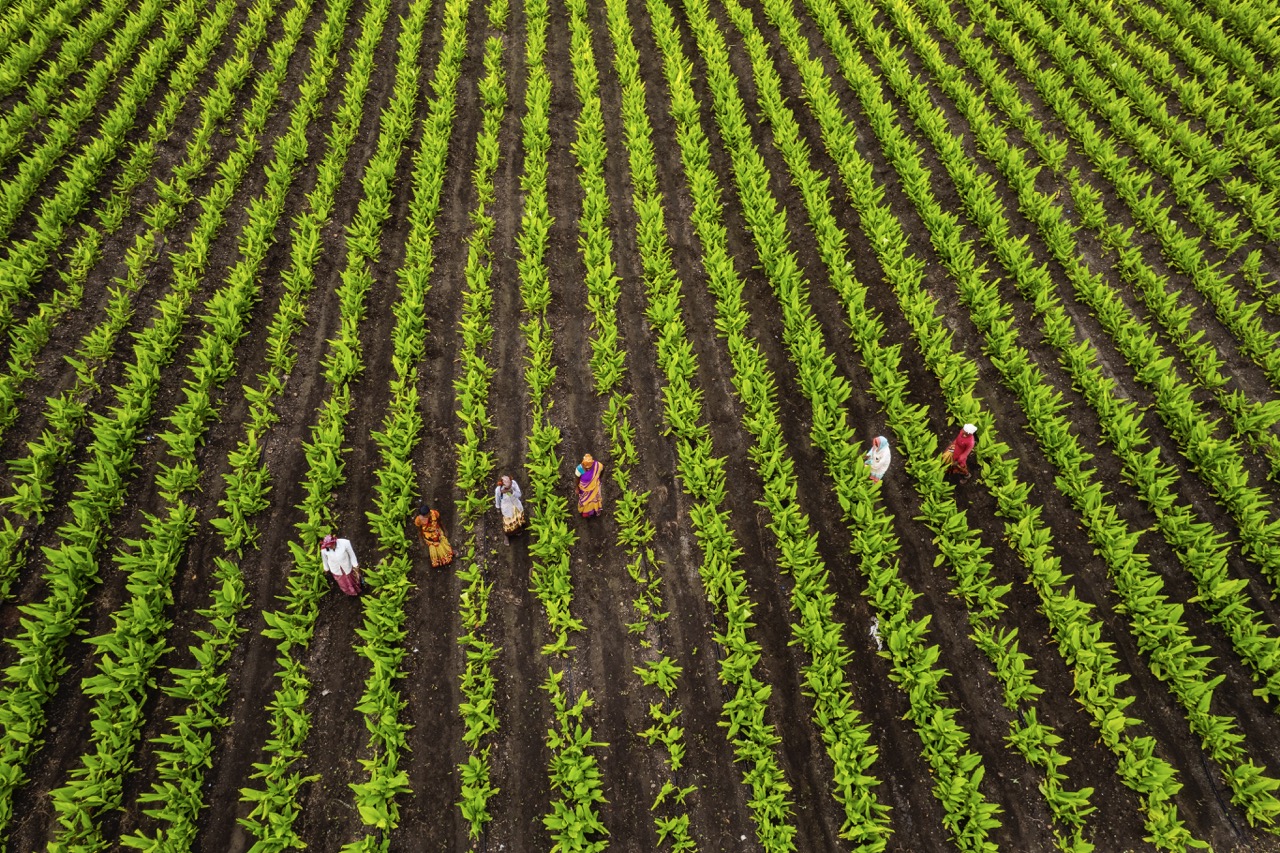Choosing the right crop for your region’s climate is a critical decision that can impact not only yield but also the sustainability of farming practices. Agricultural success hinges on a complex interplay of environmental factors, crop characteristics, and management strategies. In this article, we will explore the essential elements of understanding climate zones, evaluating soil quality, and implementing sustainable practices to ensure long-term crop viability.
Understanding Your Region’s Climate Zones for Agriculture
The first step in selecting the best crop for your region is to gain a comprehensive understanding of its climate zones. Climate zones are typically classified based on temperature, precipitation, and seasonal patterns. For instance, areas with a Mediterranean climate experience mild, wet winters and hot, dry summers, making them suitable for crops like olives and grapes. In contrast, tropical climates with high humidity and consistent rainfall can support a diverse range of crops, including bananas and rice. Familiarity with climate classifications, such as USDA Plant Hardiness Zones, can guide farmers in making informed decisions.
Moreover, it is essential to consider microclimates, which can affect local growing conditions within a broader climate zone. Factors like elevation, slope, and proximity to water bodies can create variations that enable or restrict certain crops. For example, a valley may retain more heat than surrounding hills, allowing for an extended growing season. Local weather patterns, including frost dates and rainfall variability, should also be monitored closely to anticipate any potential challenges that may arise during the growing season.
Ultimately, understanding climate zones is not just about identifying suitable crops but also about anticipating the potential risks associated with climate variability. As climate change continues to influence weather patterns, farmers must remain adaptable and willing to re-evaluate their crop selections based on changing climatic conditions. By keeping abreast of regional climate forecasts, farmers can better position themselves to select crops that are resilient and well-suited to their environment.
Key Factors for Selecting the Right Crop Variety
Once the regional climate is understood, farmers must evaluate key factors that influence the selection of specific crop varieties. One of the most important considerations is the crop’s growth cycle and how it aligns with local climatic conditions. Certain crops have specific temperature and moisture requirements that must be met for optimal growth. For example, cool-season crops such as broccoli and peas thrive in the cooler temperatures of early spring and fall, while warm-season crops like corn and tomatoes require the heat of summer to flourish.
Another critical factor is the market demand for different crops. Evaluating local and regional markets can provide insights into which crops may be more profitable. Farmers should consider the demand for fresh produce, processed goods, or specialty crops that could yield higher prices. Collaborating with local agricultural extension services or market research organizations may help farmers identify emerging trends and consumer preferences that can inform their crop choices.
It is also crucial to consider disease and pest resistance in selecting crop varieties. Certain varieties may be more resilient to specific pests or diseases prevalent in a given region, reducing the need for chemical interventions. By opting for varieties that are better adapted to local challenges, farmers can enhance productivity while promoting environmental sustainability. Conducting thorough research and possibly even trialing different varieties can help determine which crops are best suited to the local ecosystem and market demands.
Assessing Soil Quality and Nutrient Availability
In addition to climate considerations, soil quality and nutrient availability play a pivotal role in determining the most suitable crops for cultivation. Soil health is influenced by factors such as pH, organic matter content, texture, and drainage capabilities. Conducting a soil test can provide valuable information about nutrient levels and deficiencies, helping farmers tailor their crop selections accordingly. For instance, soils high in clay may retain moisture better but could be less suitable for root crops like carrots, which prefer well-drained sandy loam.
Another important aspect of soil quality is its biological activity. Healthy soil is teeming with microorganisms that contribute to nutrient cycling and plant growth. Farmers should consider practices that enhance soil health, such as cover cropping and crop rotation, which can improve soil structure and fertility over time. By selecting crops that are compatible with existing soil conditions, farmers can optimize nutrient availability and improve overall crop performance.
Furthermore, understanding the relationship between specific crops and soil types can lead to more effective land management practices. For example, crops such as legumes can enhance nitrogen levels in the soil, benefiting subsequent crops grown in the same area. By assessing soil quality and selecting appropriate crops, farmers not only increase their chances of success but also contribute to the long-term sustainability of their agricultural practices.
Sustainable Practices for Long-Term Crop Success
In today’s agricultural landscape, sustainability is no longer an option but a necessity. Implementing sustainable practices ensures that farming remains viable for future generations while minimizing environmental impact. One approach is to adopt integrated pest management (IPM), which combines biological, cultural, and chemical practices to manage pests in an environmentally friendly manner. By prioritizing natural pest control methods, farmers can reduce reliance on synthetic pesticides and promote biodiversity in their ecosystems.
Crop rotation is another sustainable practice that plays a significant role in maintaining soil health and preventing crop-specific diseases and pests. By alternating the types of crops planted in a particular field, farmers can disrupt pest and disease cycles while enhancing soil fertility. This practice not only leads to healthier crops but also improves resilience against climate fluctuations and soil depletion.
Lastly, water management is crucial for sustainable agriculture. Implementing efficient irrigation systems, such as drip irrigation, can significantly reduce water waste and improve crop yields. Furthermore, adopting rainwater harvesting techniques can help farmers utilize natural resources effectively while ensuring crops receive adequate moisture. By integrating these sustainable practices, farmers can optimize their crop choices, enhance productivity, and contribute to the overall health of their agricultural landscapes.
Selecting the best crop for your region’s climate is a multifaceted process that requires careful consideration of climate zones, soil conditions, and sustainable practices. By understanding these elements, farmers can make informed decisions that not only enhance their immediate yield but also contribute to the long-term sustainability of their agricultural systems. As the challenges posed by climate change and environmental degradation continue to evolve, the need for adaptive and responsible farming practices becomes increasingly vital. Embracing a holistic approach to crop selection can secure a brighter agricultural future for both farmers and the communities they serve.










